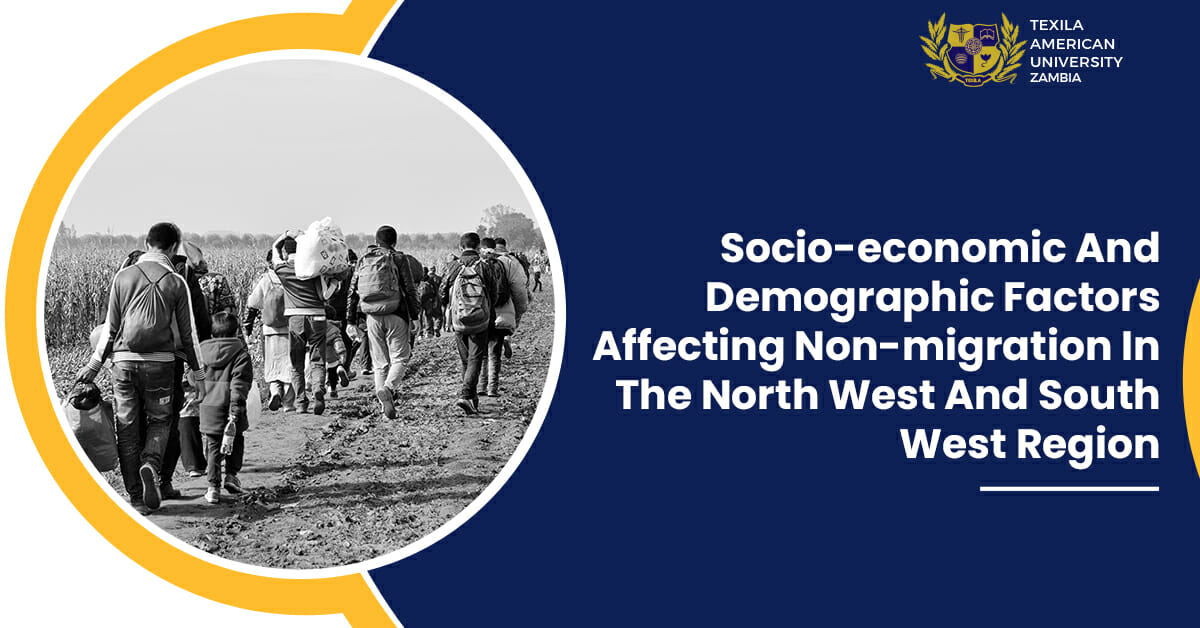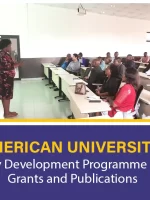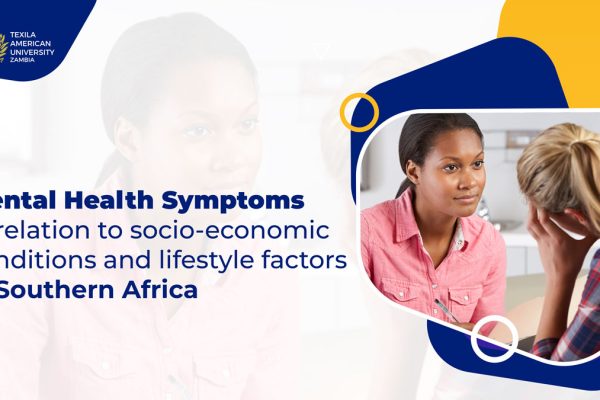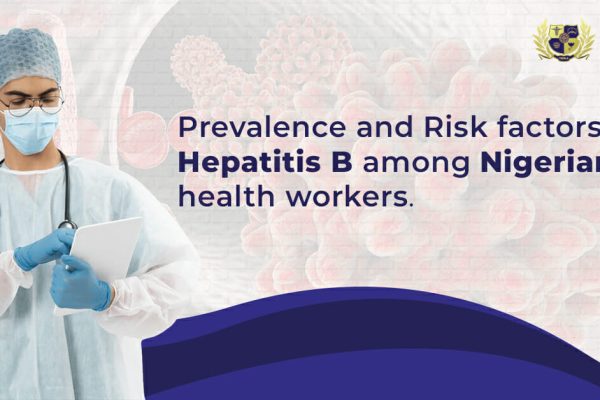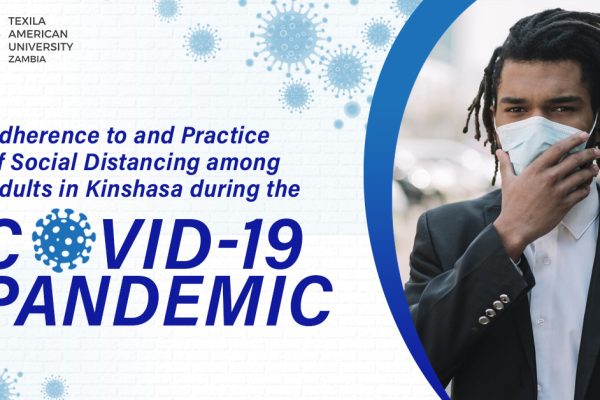|
Tired of Reading? Please listen to the blog
|
INTRODUCTION
Background of the study
Human migration involves the movement of people from one place to another with intentions of settling, permanently or temporarily, at a new location. The movement often occurs over long distances and from one country to another as well as internally (within the same country). Migration is basically for improvement in welfare and mainly depend on pull factors from the destination. However, forced migration, that is, forced movement or an involuntary, evacuation or relocation of persons, which does not depend on the people desire to migrate, is now a major problem in the world both internally and internationally. Force migration can be as a result of conflict or environmental hazards.
The management of international and regional governance of forced migration is one of the major complex global problems of our time. The complexity increases in the context of Africa due to the multiple forms and trends of internal displacement, and its plentiful argumentative impacts on various aspect of life and economic activities. The large number of forced migrants and their grim life situation as well as makes it even more problematic. In Africa, forced migration takes varied forms and trends. Apart from forced migrants due to conflicts, there are spontaneous migrations of peasant farmers as a result of drought and seasonal traditional migrations of Agro-pastoralists communities in search of water and grazing lands (Maru, 2o11).
There has recently been an increase of interest in the likely impact of conflict on population movements. Despite the lack of precise figures, on the number of people displaced by conflict, there is no doubt that some areas of the world are less habitable due to conflict. The number of conflicts has remained stagnating with a very high conflict migration. Most of this conflict areas are African countries, making Africa the most fragile compared to other parts of the world (Center for Systemic Peace, 2014). Conflict therefore forces people to migrate locally as IDP’s or international as refugees.
As opposed to refugees who are people displaced from one country to the other and have crossed internationally recognized state borders, internally displaced persons (IDPs) are defined by the 1998 UN Guiding Principles and the 2009 Kampala Convention as,
“Persons or groups of persons who have been forced or obliged to flee or to leave their homes or places of habitual residence, in particular as a result of or in order to avoid the effects of armed conflict, situations of generalized violence, violations of human rights or natural or human-made disasters, and who have not crossed an internationally recognized state border,” (Kampala Convention, 2009, Art 1(k)).
Therefore, IDPs being within their sovereign state, are under the responsibility of their state of origin. It is therefore quite important that each state with IDPs should take the necessary measures for the wellbeing and hopefully, the subsequent return of IDPs, if possible, or assist in their settlement and integration in a new area (Kampala Convention, 2009, Art 5(4)). States therefore have the full responsibility of taking measures to protect and assist IDP’s within its territory, the Kampala Convention also stipulates that, states have the obligation to cooperate with each other and to respect the mandates of the African Union, the United Nations Organization and the role of international humanitarian organizations, so as to provide assistance to the internally displaced persons (Kampala Convention, Art 5(1, 2, 3). We can therefore understand from the above-mentioned articles of the Kampala Convention that there is a clear obligation for states to facilitate and ease the inter-relation between its organs and non-state stakeholders in providing protection and assistance to internally displaced persons and for other states to provide assistance to refugees.
While some empirical evidence for the relationship between conflict and migration remains inconclusive (Lozano-Gracia, Piras, Ibáñez, & Hewings, 2012), (Schon, 2019) (Segal, 2021), it is in fact the case that policy-makers, public institutions, and scholars often argue that conflict is expected to lead to migration. Despite the growing idea of conflict leading to migration, it is however not in all cases that people facing conflict do migrate. The inconclusiveness of the literature about the effect of conflict on migration is due to the fact that, most of this works focusses of already migrated population. It is therefore important to focus of the left back population in order to investigate their non-migration decision.
Similarly, to climate induced migration, some of these individuals may be considered “trapped” population because they lack the means to relocate or “stayers” because they have the means to relocate but do not move because of family ties, place attachment among other socio-economic factors (Black & Collyer, 2014). “Trapped” population and “stayers” are the two main extreme groups of non-migrants. Non migration is often treated as neither a default state when migrants are not feasibly “strapped” nor “stayers”.
Recent literature claims that more affluent people, who can bear more of the expenses and challenges of migration, also migrate for better economic opportunities. Conflict-migration as well climate migration literature explains that people migrate for better livelihood options like, sustained food supply, to diversify the risk of losing their lives among others (Lozano-Gracia, Piras, Ibáñez, & Hewings, 2012) (Schon, 2019) (Segal, 2021). As earlier mentioned above, not everyone in conflict zones do migrate, therefore there is both a push factor (sustained food supply, to diversify the risk of losing their lives among others) from the conflict zone and a pull factor (family ties, place attachment and other socio-economic factors) in conflict zones, making conflict induced migration a very context-specific process. Despite the numerous literatures on conflict induced migration, there is yet no conclusion on the subjectivity and effect of social, economic as well as environmental factors on conflict induced migration around the world.
Empower Regional Understanding
Equip yourself with knowledge about the socio-economic and demographic nuances shaping non-migration in the North West and South West – a resource for insightful comprehension.

